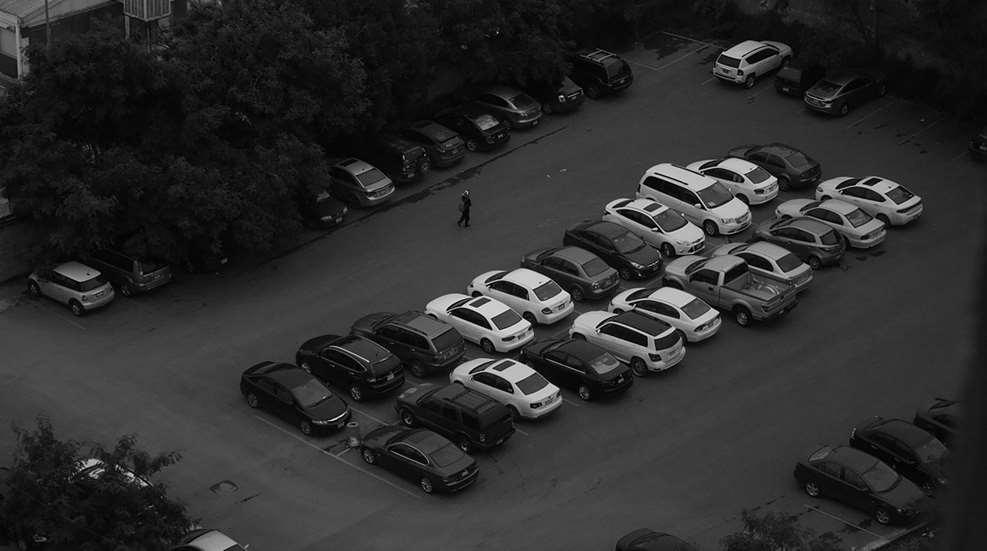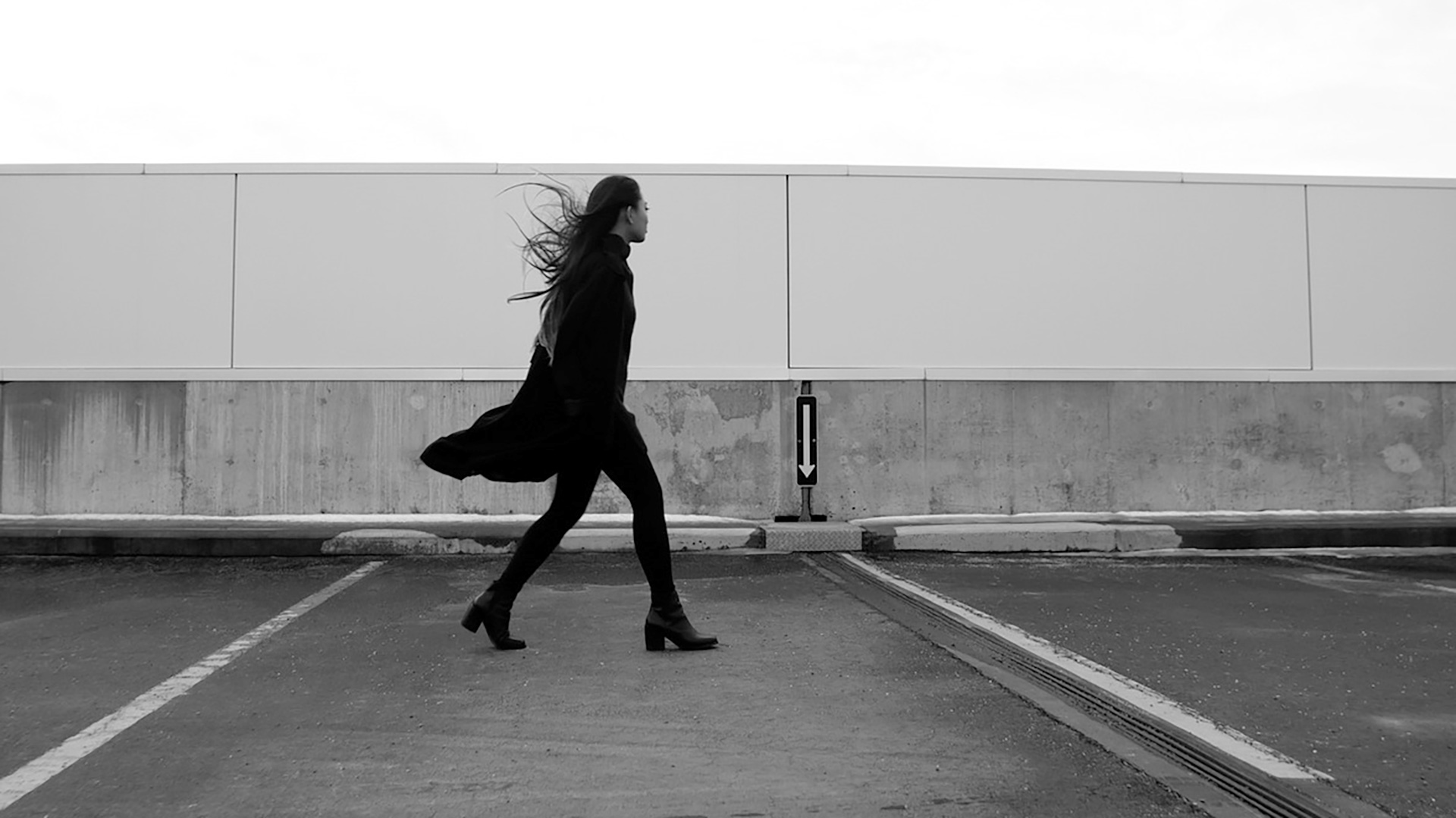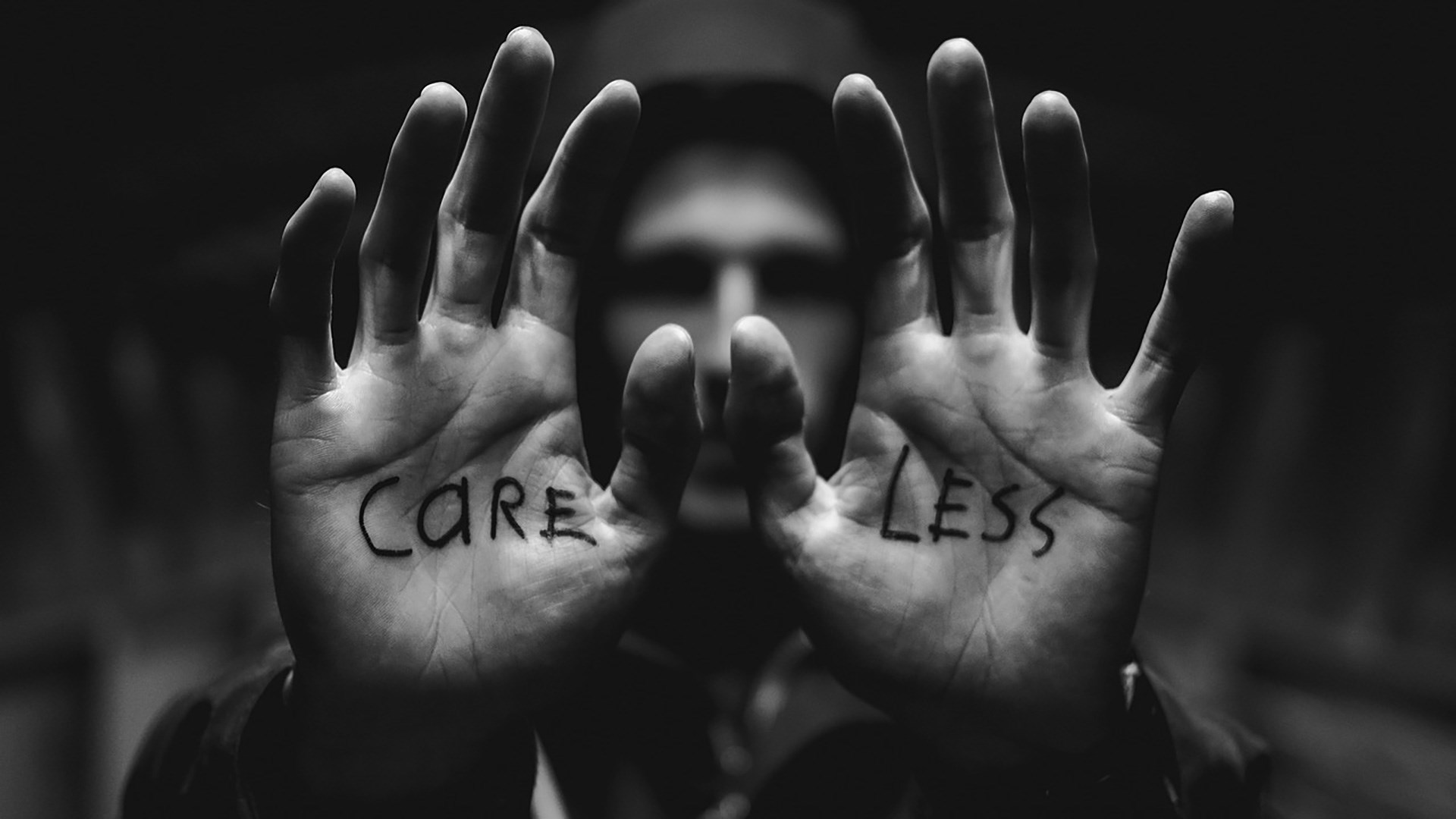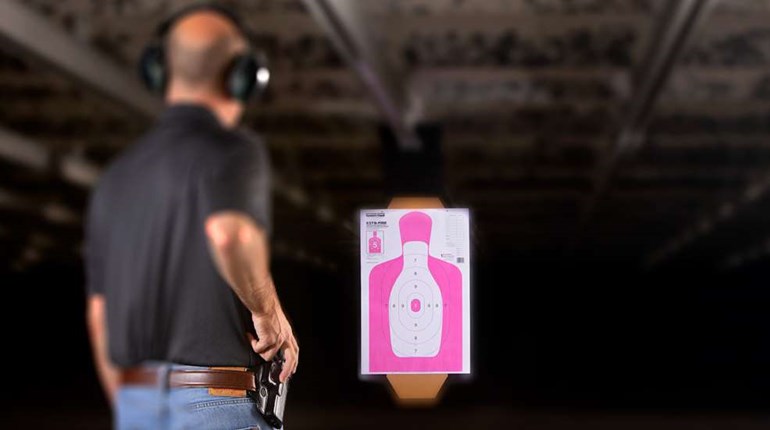
In the past two months, Shooting Illustrated has published 2 articles focusing on understanding The Complete Combatant’s concept of Reactionary Zones.
- Part 1 focused on the “MOST” amount of time to react, act and respond to a threat. The MOST distance is around 25 feet and beyond. We often say that “distance equals time” so this zone gives us the MOST distance or time, to make a really good first decision.
- Part 2 focused on “SOME” amount of time to react, act and respond to a threat. We consider 12-25 feet the SOME zone. I personally think this is the hardest zone to manage because at 25 feet you can usually just move with purpose to avoid a threat but as the threat moves closer to you, your decision to avoid needs to be made pretty quickly.
Today is Part 3, which focuses on the last Reactionary Zone that truly gives you enough time to process what you are seeing, make a decision and then move into action to respond.

Scenario: It is a crisp January night, you have just had an outstanding dinner with some friends and it is now time to say goodbye. Everyone is getting bundled up, farewell hugs are given and everyone is extending well wishes as a new year begins. Everyone is parked in different areas of the lot but the parking area is still full of cars and it is very well lit so you are a bit careless. Just as you reach your vehicle, an apparent unarmed man jumps out from behind one of the cars that is parked close to you, aggressively asks for money and starts working his way toward you. What do you do?
When it comes to the concept of reactionary zones, there were many brilliant people that played a part. Edward T. Hall, was a large influence to me because of his research on the natural distance maintained between people when communicating.
Edward T. Hall is a cultural anthropologist who specialized in proxemics that are maintained by healthy, adult, middle-class Americans. He wrote a book called The Hidden Dimension that explains “proxemics” and the difference in “distance awareness” among many cultural groups.
There are several “aspects” of proxemics. The one that Hall writes about is the distance maintained between people when they are communicating. Hall named his four distances “Public,” “Social,” “Personal” and “Intimate.” The Complete Combatant has named those four Reactionary Zones “Most amount of time to react,” “Some amount of time to react,” “Least amount of time to react” and “No amount of time to react.” In Reactionary Zones Part 3, we will be focusing on The Complete Combatant’s “Least amount of time to react” distance.

Per Hall, “personal” distance ranges from 1 foot to 4 feet. He considers this distance zone as long as arm’s length and explains how the subjects of personal interest can be discussed while physical contact, such as holding hands. It is also interesting to note that Hall did not spend large amounts of time talking about violence options in proxemics, but he does mention that topic in this zone, when you are close enough to hit another person in the nose.
Because of Hall's framework, we know people can feel the pressure of whether that person belongs in a specific zone/space/distance. In self-protection management, we can use his research to our advantage by measuring the violence options available to the bad person while measuring the options available to us to react, act and then respond.
Now let’s switch gears from normal healthy adults, to criminals. The Least Reactionary Zone, which is 6 to 12 feet from you to the bad guy, gives you the “Least amount of time to react.” Not the “Most,” not “Some,” but the “Least.”
There are some things to consider in the Least time to react distance.
- In this zone you have “just enough time” to make good first decisions if you are ready for the fight. If you have trained and practiced self-preservation options, tool cycling and have decisions in place before you needed them, then you could be one step ahead of that bad dude.
- You have the least amount of time to gather more information like look at his hands, any movement towards his waist, are his hands hidden, or is he targeting you?
- You have every right to try to “verbally manage” him, which means you speak to him directly if the event calls for such things. This is a verbal scale of escalation that helps you when managing potential threats.
- They have every right to be there or no right to be there, dependent on their actions, body language, etc.
- At this distance, you could be in immediate danger.
- If a bad guy is in shape, he can run and cover 12 feet in less than 1 second.
- The average stride is 3 feet. That means at 12 feet the bad guy can take 3 steps and grab you.
- Most quality pepper sprays can reach up to 12 feet.
- It can be very hard to gauge distances quickly and accurately so here is a quick measurement. Did you know that a twin mattress is 75 inches which is just a hair over 6 feet? That means imagine one twin for 6 feet and 2 twins for 12 feet.
- If you are in shape, you may have time to run away at 12 feet, but there is probably not enough space to decide, turn and run if they are closer to you.
- Putting an obstacle, or barrier in between you and the bad guy can give you time to get to a tool.
- Your decisions must be explosive and immediate.
Now back to the scenario. Just as you reach your vehicle, an apparent unarmed man jumps out from behind one of the cars that is parked close to you, aggressively asks for money and starts working his way towards you. You determine that he is much more than just an average panhandler and must be dealt with appropriately. Your guard may be down, but long ago, you made the decision to have your pepper spray in your dominant hand and a small flashlight in the other when you are alone at night. You have no problem handling these tools on a cold winter’s night because you have practiced deployment, aim and application with gloves on. You know that the cars in-between you will slow him down but there is still no time to ask or tell him to go away, so you move right into making him go away. You scream “GET AWAY FROM ME!” as you blind him with your flashlight to disorient, immediately follow up with pepper spray across the eyes to stop him in his tracks and then run safely back into the restaurant. You are the hero of your own story. You made decisions in advance, practiced verbal commands and different tools, you knew your pepper spray would reach up to 12 feet, and you understood how to use obstacles in your favor. Way to go!
Next month’s article will be focusing on Hall’s “Intimate” distance and The Complete Combatant’s “No time” or “No choice” zone.




































